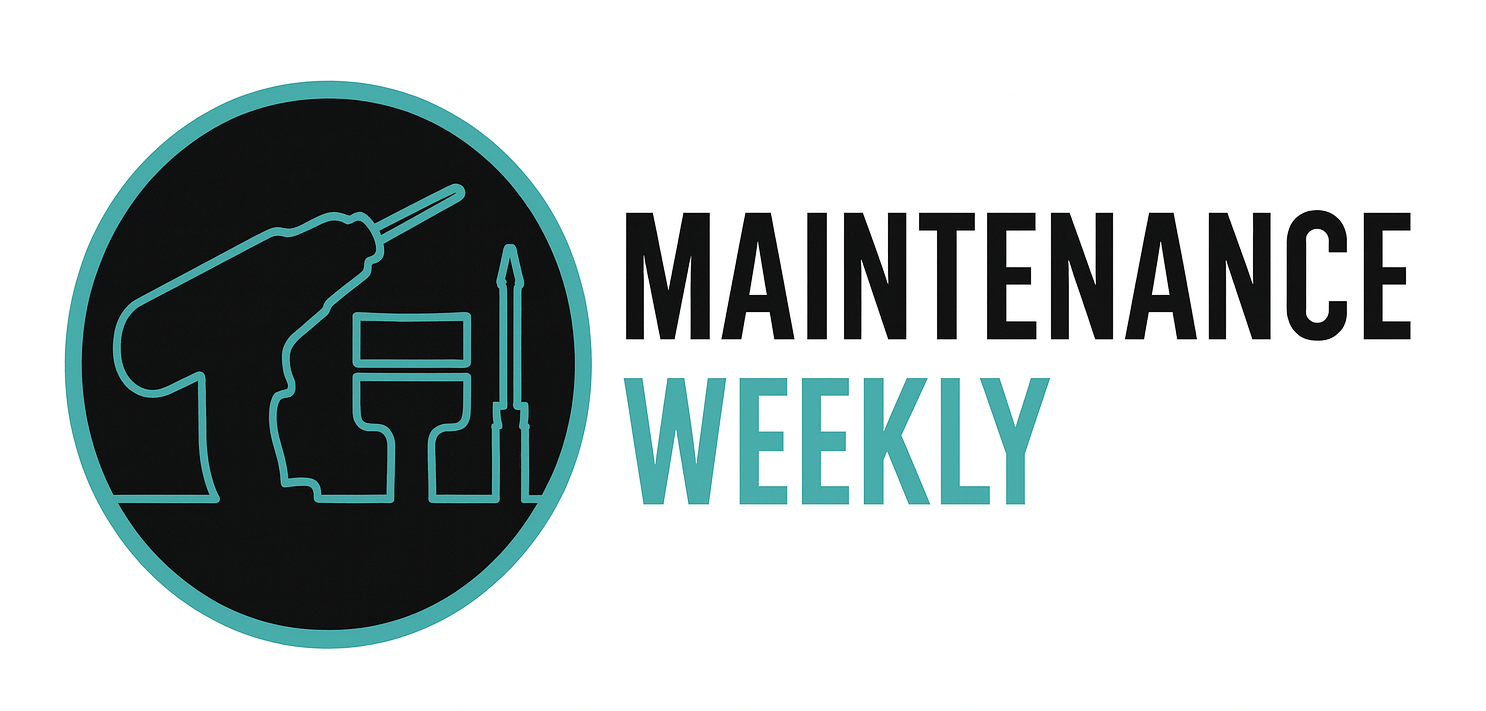Interview Tips for an Aircraft Inspector
The following are interview tips to help you prepare for your Aircraft Inspector interview. Do your homework on the company’s fleet, its maintenance history, and regulatory environment, and practice your responses so you can walk in with confidence and ace the interview.
-
Emphasize Inspection and Certification Authority
Stress your experience as an FAA-certified inspector (if applicable) and your authority to sign off on aircraft airworthiness. Employers want to see your knowledge of inspection protocols and certification responsibility. -
Show Attention to Detail
Aircraft inspectors are responsible for catching small discrepancies before they become major issues. Highlight examples where your keen eye identified a hidden defect or documentation error that prevented a safety issue. -
Discuss Regulatory Compliance Knowledge
Emphasize your expertise in FAA Part 43/145 regulations, ADs (Airworthiness Directives), and manufacturer service bulletins. Employers want to know you can ensure every aircraft meets regulatory requirements. -
Highlight Documentation Accuracy
Inspections generate paperwork that must be precise and audit-ready. Stress your experience in writing clear, accurate reports, logbook entries, and corrective action documentation. -
Demonstrate Independence and Integrity
Inspectors must make objective decisions, sometimes unpopular ones, to maintain safety. Share how you’ve made tough calls to ground an aircraft or require additional work despite schedule pressure. -
Show Communication with Teams and Regulators
Inspectors must explain findings to mechanics, supervisors, and sometimes FAA officials. Highlight your ability to communicate technical issues clearly and diplomatically. -
Emphasize Familiarity with Tools and Methods
Share your experience using NDT (Non-Destructive Testing), borescopes, and other inspection methods. Employers want to see you’re thorough and skilled with advanced tools. -
Prepare for Scenario-Based Questions
Expect interviewers to test your judgment on safety and compliance issues:Q1. “During a post-maintenance inspection, you discover a discrepancy that will delay the aircraft’s return to service. How do you handle it?”
Sample Answer: “I would immediately document the discrepancy, ground the aircraft if required, and notify the supervisor and flight operations. I would explain why the issue must be corrected and ensure corrective action is documented before signing off. Safety and compliance always outweigh schedule.”Q2. “How would you respond if a mechanic disagrees with your inspection findings?”
Sample Answer: “I would listen to their perspective, then review the AMM and regulations together to confirm the standard. If disagreement persists, I’d escalate to management, but I would not approve the work until I am confident it meets requirements. My role is to ensure compliance, not to compromise.”Q3. “If you discover incomplete logbook entries during an audit, what steps would you take?”
Sample Answer: “I would flag the discrepancy, notify the responsible person, and require corrections before considering the aircraft airworthy. I would also conduct a follow-up review of recent records to ensure it wasn’t a pattern, then recommend additional training if needed.”Q4. “Tell me about a time when you had to make a difficult decision to keep an aircraft out of service.”
Sample Answer: “I once identified a crack in a structural component that others initially thought was within limits. After consulting the SRM, I determined it exceeded limits and grounded the aircraft. While it delayed operations, the repair prevented a potential safety hazard. Making that call reinforced my responsibility to prioritize safety above pressure.”
Source: ChatGPT
